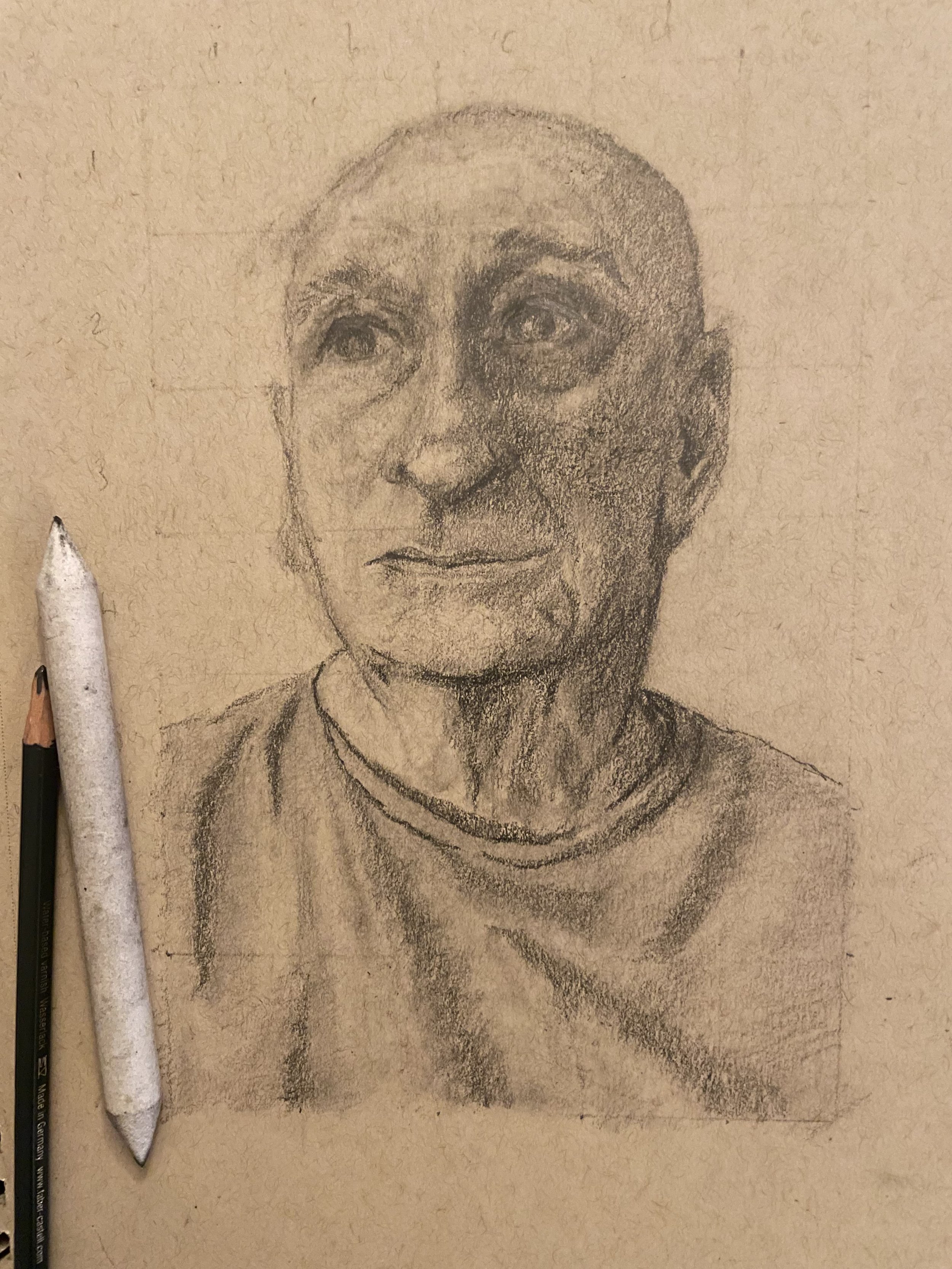Life drawing (the practice of sketching the human figure from a live model) has been a cornerstone of artistic training for centuries. From the Renaissance masters to modern-day artists, this fundamental discipline remains a vital skill, offering endless benefits to both aspiring and seasoned creatives. But in an era dominated by digital media and photography, why does life drawing still hold such importance? Let's explore the enduring relevance of this practice and why it continues to shape the world of art.
A Foundation for Artistic Mastery
Historically, life drawing was a central part of classical art education. The greats like Michelangelo, Rembrandt, and Klimt honed their skills by studying the human form. Their ability to capture movement, emotion, and anatomy stemmed from countless hours of drawing from life. Even today, life drawing provides the foundation for understanding proportion, perspective, and structure; essential skills for any artist, whether working in realism, abstraction, or even digital illustration.
Training the Eye and Hand
Unlike working from photographs, drawing from life forces the artist to engage in direct observation. This practice strengthens an artist’s ability to see and interpret form, light, and shadow in real time. The human figure is incredibly complex, with subtle variations in tone and movement that a camera may flatten or distort. By drawing from life, artists develop a heightened sensitivity to these nuances, training both the eye and hand to work in harmony.
Encouraging Expressiveness and Confidence
Life drawing isn't just about technical skill, it’s also a powerful tool for artistic expression. The quick gestures of a warm-up session encourage looseness, helping artists develop a sense of movement and emotion in their work. Over time, regular practice fosters confidence, allowing for more dynamic and fluid compositions. Whether an artist prefers the precision of a fine line or the bold energy of charcoal strokes, life drawing nurtures a personal artistic voice.
A Return to the Human Experience
In a world increasingly mediated by screens, life drawing offers a rare opportunity to engage with the human experience in an immediate and tangible way. The presence of a live model fosters a connection between artist and subject, reminding us of the beauty and vulnerability of the human form. It is an act of observation, empathy, and interpretation; a process that keeps art deeply rooted in the physical and emotional realities of life.
Lifelong Learning and Growth
Even for experienced artists, life drawing remains an ever-evolving practice. Each session presents new challenges: a different pose, a change in lighting, or a new model with distinct features. No matter how skilled an artist becomes, there is always something new to learn. Many artists return to life drawing throughout their careers, using it to refine their skills and reignite creative inspiration.
Despite the rapid advancement of digital tools, life drawing remains an irreplaceable practice in the art world. It teaches essential technical skills, fosters expressiveness, and strengthens the artist’s connection to both their work and their subject. So, if you haven’t attended a life drawing session recently, consider giving it a try. You may find that this age-old practice offers fresh insights, deepening your appreciation for the art of observation and the beauty of the human form.











